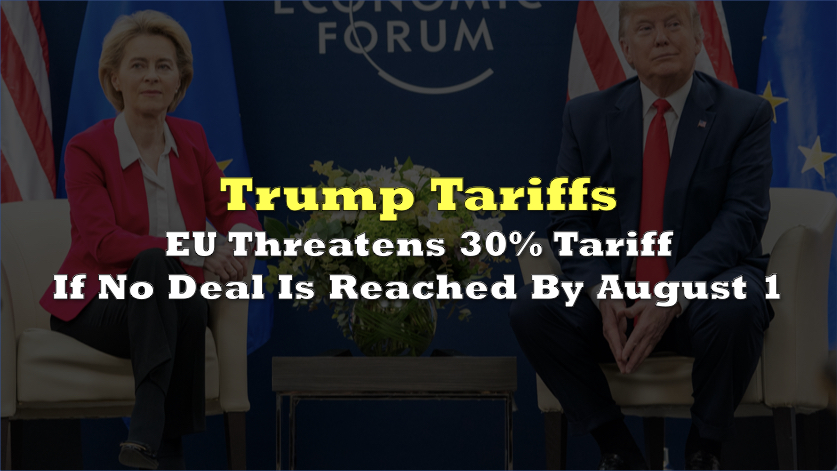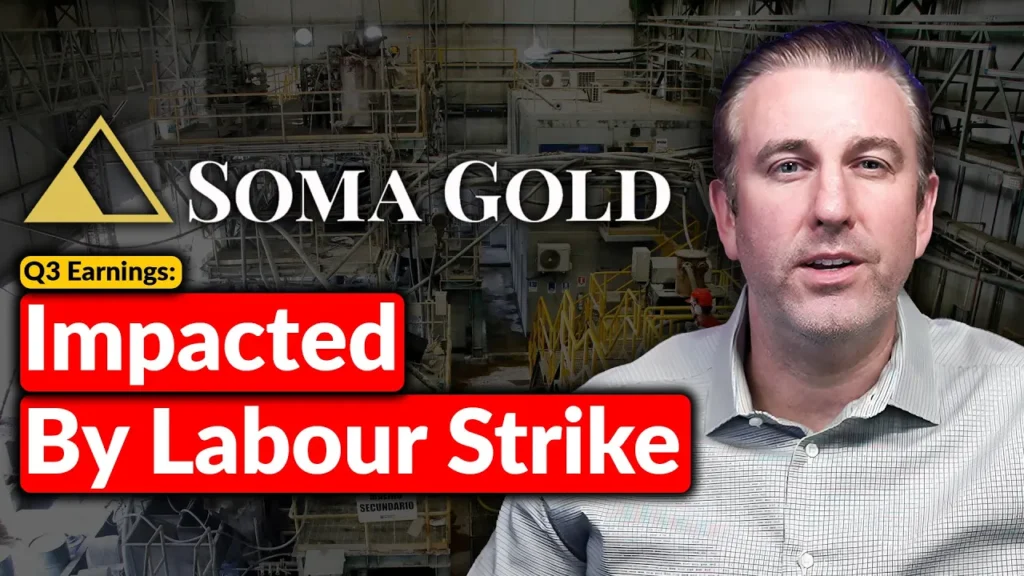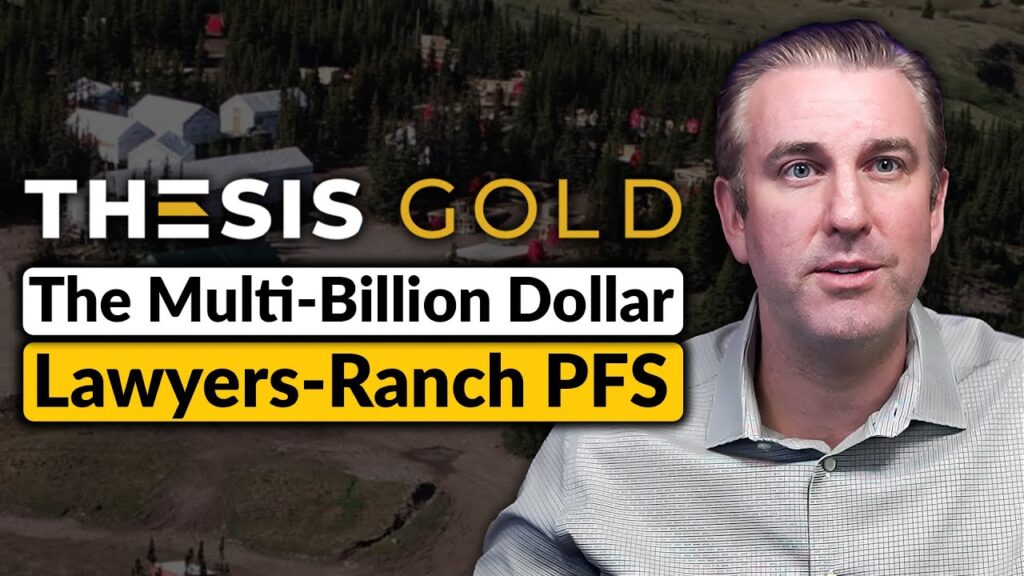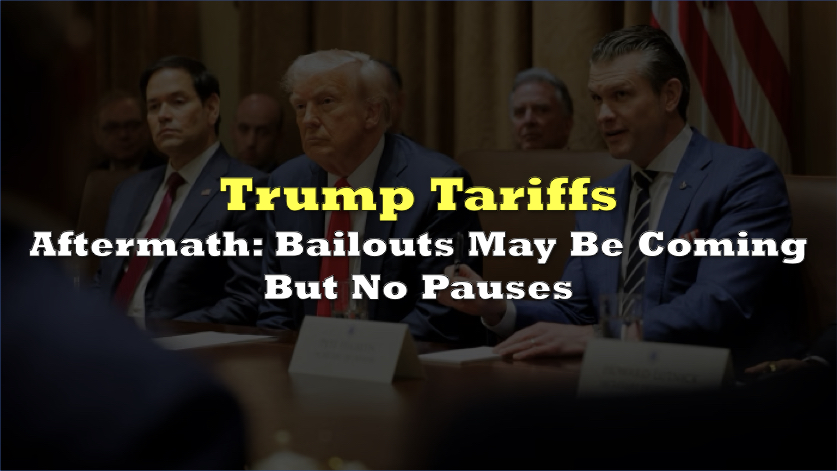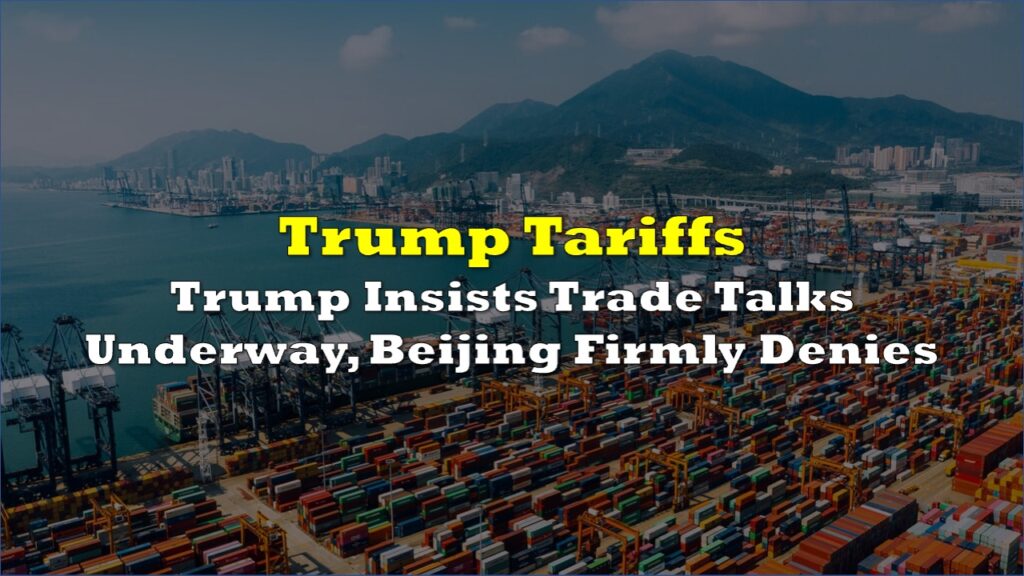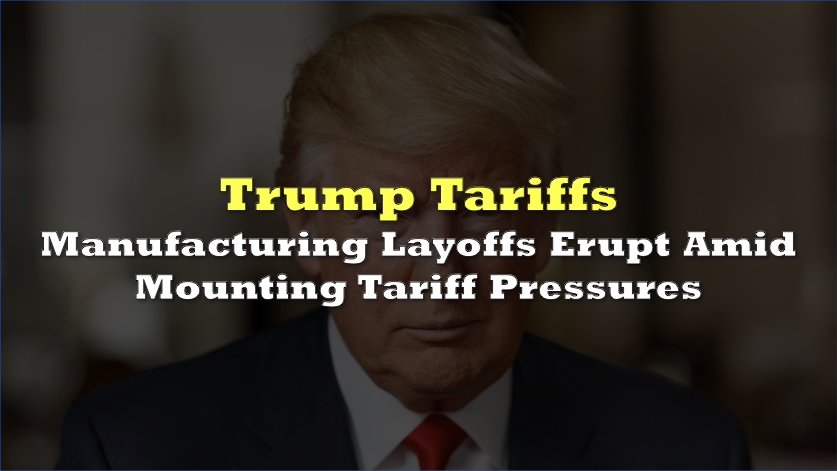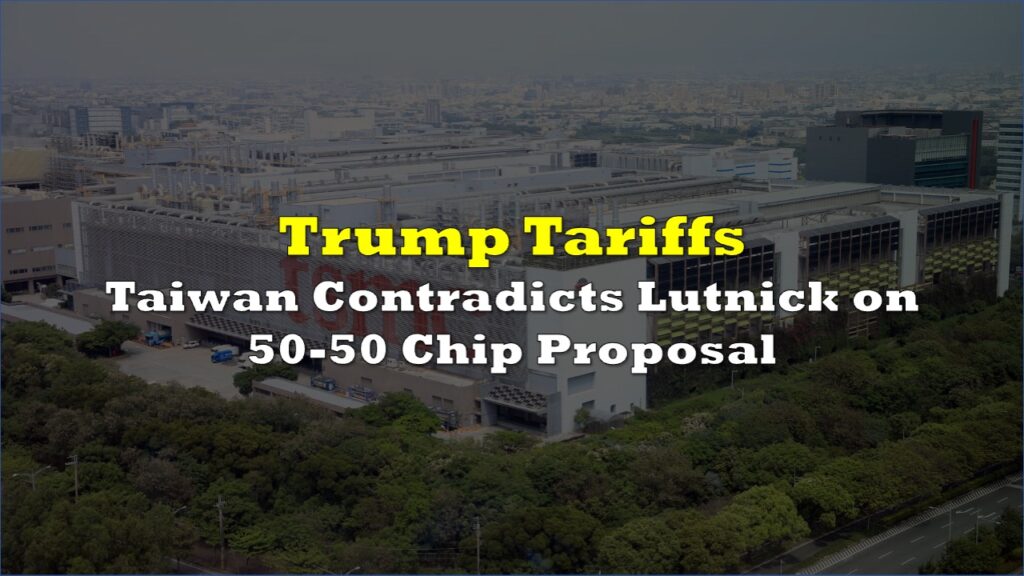The EU has readied a €100 billion ($117 billion) counter-tariff package to mirror President Donald Trump’s threatened 30% levy on most EU exports should a deal not be reached by the deadline of August 1. The plan fuses an already approved €21 billion list with a newly trimmed €72 billion roster and would activate “next month” only if Washington follows through, according to officials briefed on the Commission’s draft.
The plan targets Boeing aircraft, US-made cars, bourbon, machinery, medical devices, chemicals, plastics, wines, and other farm goods. Military imports are excluded.
EU PLANS 30% TARIFFS ON U.S. GOODS IF NO DEAL BY AUG. 1
— *Walter Bloomberg (@DeItaone) July 23, 2025
The EU plans 30% tariffs on $117 billion of U.S. goods if a deal isn’t reached by August 1 and the U.S. imposes similar tariffs on EU exports. The measures would merge existing and proposed tariffs, hitting U.S. products…
Commissioners say member states must still sign off, but the political mood has hardened. German Chancellor Friedrich Merz warned, “Without a fair, reliable agreement with low tariffs, we risk economic uncertainty at the worst possible time.” Berlin is even prepared to back the EU’s Anti-Coercion Instrument—an escalation tool enabling new taxes on US tech, curbs on U.S. investments, and procurement bans—if Trump’s 30% hits land.
The proposed list covers roughly one-third of US goods shipped to the bloc in 2024 (€335 billion total). Boeing alone faces nearly €11 billion in exposure, while US autos add almost €8 billion. Agrifood—fruits, vegetables, bourbon—tops €6 billion, and precision instruments, toys, and even musical gear round out the slate.
Treasury Secretary Scott Bessent told Bloomberg TV the EU hasn’t offered anything as “innovative” as Japan’s recent deal. The White House now wants a near-universal EU tariff above 10%, with thinner exemptions for aviation, select medical devices, generics, certain spirits, and niche manufacturing kit. Sector ceilings and steel/aluminum quotas are also on the US wish list, along with a “ring fence” against over-supplied metals.
EU believed it was close to a 10% framework weeks ago but Trump’s new 30% letter blew that up. Some EU capitals could stomach 15% if exemptions are wide, but 30% with narrow carve-outs is a different ask.
In the meantime, negotiators are still talking. EU trade chief Maroš Šefčovič insists “mutually beneficial” is still possible while Bessent says progress improves but blames the EU’s “collective action problem.”
Information for this briefing was found via Bloomberg and the sources mentioned. The author has no securities or affiliations related to this organization. Not a recommendation to buy or sell. Always do additional research and consult a professional before purchasing a security. The author holds no licenses.

